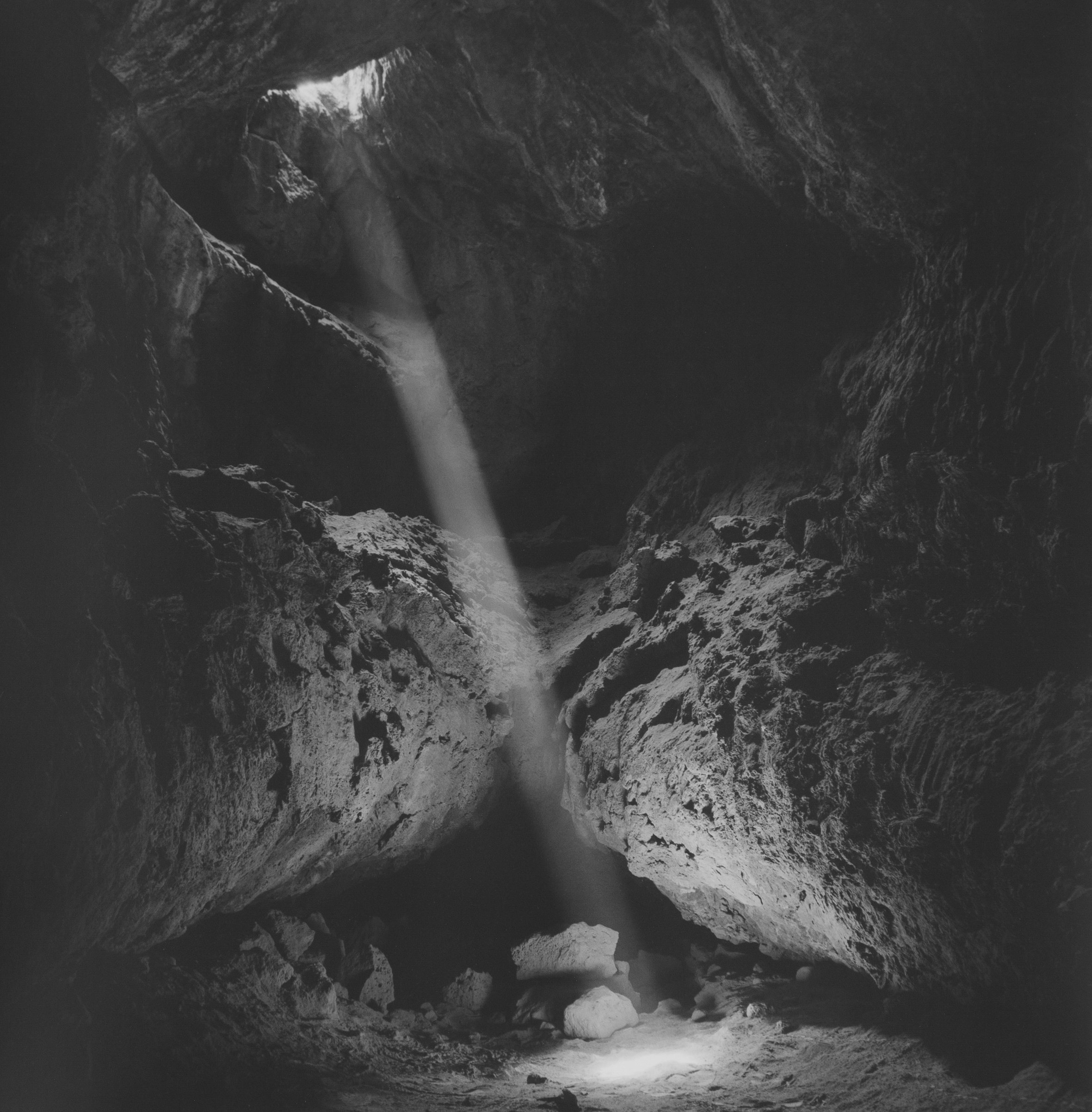C H R I S T I N E E L F M A N | All solid shapes dissolve in light
Photographs embody the tension between fixing and fading especially well. While we tend to say they freeze time, photographs show us how impossible it is to ever fully capture something. When we look at the subject of a photograph, we know that it has changed since the picture was taken. We might literally be looking at a thing in the picture, but what we experience is the time and space between it and us. Photography makes distance visible.
We photograph to define, hold, and capture things. However, actual photographs remind us of everything left undescribed and unknown. Early photographers were obsessed with fixing the image, so it would last forever. Yet experience shows us that the more you try to hold something still, the more it’s ruined. Taking a picture is like catching a bird for a collection, or turning a person into a statue. The subject matter of my work reflects this desire for security. However, the materiality of the prints acknowledges the necessity of change. This ruin - the fading - is the subject, medium, and fate of my photographs. And in their fading, they’re living, changing slowly, imperceptibly over time.
These fading pictures embody the constant transformation of objects, images, and memory. Using the anthotype process, the images develop slowly: sitting outside for a month, the sun bleaches paper saturated with light-sensitive plant dyes. Once complete, these unfixable photographs slowly disappear, as they continue to fade from the light that allows them to be seen.





















